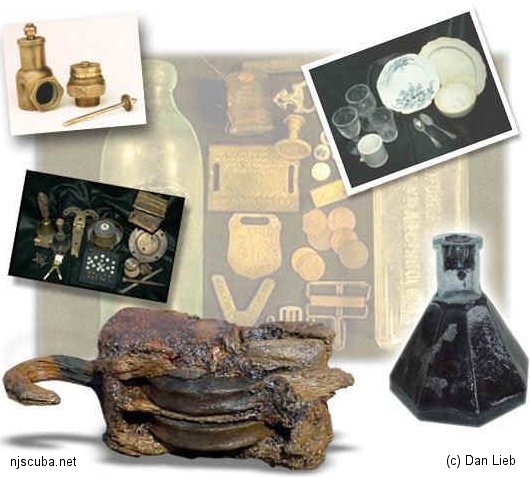Gallery of Ships
A ship is a large watercraft that travels the world's oceans and other sufficiently deep waterways, carrying goods or passengers, or in support of specialized missions, such as defense, research, and fishing. Ships are generally distinguished from boats, based on size, shape, load capacity, and tradition.
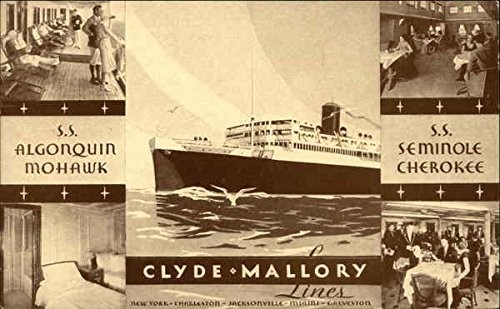
A liner is a vessel designed primarily to carry passengers on a set schedule. There was a time when ocean liners were more than the mere pleasure cruisers of today. Before the advent of modern air travel, ships were the primary means of transport for those needing to cross the oceans. Untold numbers of immigrants came to this country in passenger liners, most in steerage class, a far cry from the modern floating pleasure palaces.
More: Liner ...
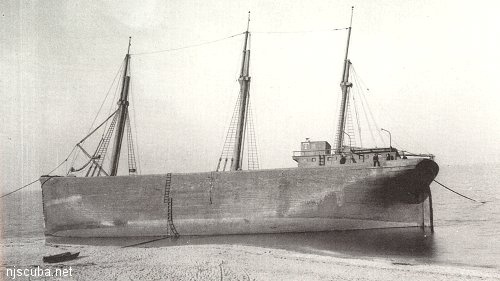
The schooner barge was the final development of the working sailing ship. The design originally evolved in the 1870s on the Great Lakes, where it was found that sailing ships could be more profitably towed from place to place than sailed. No longer subject to the vagaries of the wind, such trips could be made on a scheduled basis, and with reduced labor costs. The idea spread into general use, resulting in the conversion of many sailing ships into barges. Ironically, most of the vessels that were converted to schooner barges were not actually schooners, but square-rigged ships. Square-riggers, with their large and expensive crews of skilled sailors, became uneconomical to operate in the face of ever-improving steam power, while more efficient schooners managed to compete for a few years longer.
More: Schooner Barge ...
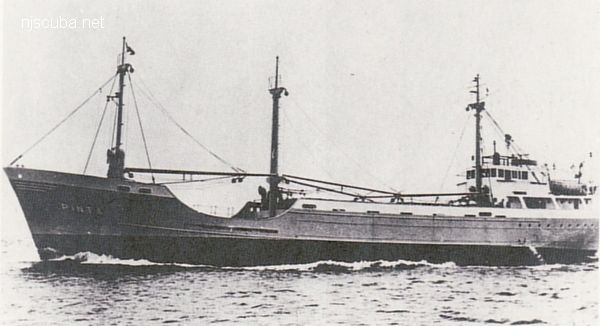
A cargo ship or freighter is any sort of ship that carries goods and materials from one port to another. Thousands of cargo carriers ply the world's seas and oceans each year; they handle the bulk of international trade. Cargo ships are usually specially designed for the task, being equipped with cranes and other mechanisms to load and unload, and come in all sizes. Specialized types of cargo vessels include container ships and bulk carriers. ( Tankers and supertankers are also cargo ships, although they are habitually thought of as a separate category. )
More: Freighter ...
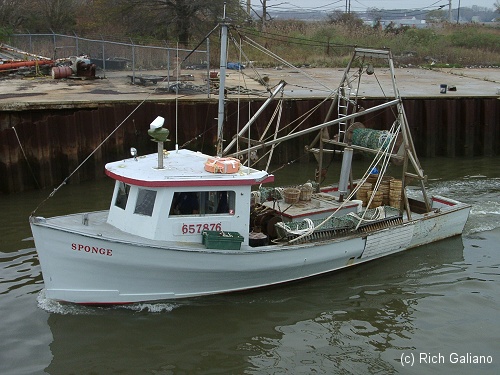
There are three basic types of commercial fishing vessels found in the Mid-Atlantic region: trawlers, seiners/gill-netters, and long-liners. A trawler or "dragger" operates by towing its fishing gear across the bottom. Weighted nets take bottom fishes, while cage-like steel dredges take clams and scallops. A seiner uses a floating net to encircle schools of surface-swimming fishes such as herring and tuna. A long-liner sets out miles of buoyed line with baited hooks to catch sharks, tuna, and swordfish. One could also add lobster boats and charter fishing or "head" boats to this list. And of course, dive boats.
More: Fishing Vessels ...
A number of small warships are sunk in New Jersey and New York waters.
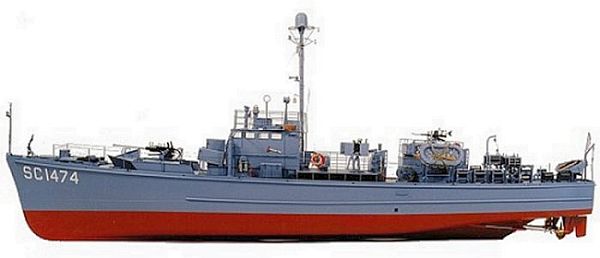
A subchaser was a small coastal patrol vessel of World War I or II. Subchasers were lightly armed and even more lightly constructed, mostly out of plywood, powered by two diesel (WWII) or three gasoline (WWI) engines. Roughly the same design was used in both wars - 110 ft long, about 100 tons. Almost a thousand were built over both World Wars, and several are lost in the waters around this area. Many private yachts and some larger fishing trawlers were converted to perform this function also, like the Tarantula and the Moonstone. Conversely, some subchasers were converted to other duties after the war, such as the Bronx Queen, pictured below in military trim. Real subchasers were designated SC-, while converted yachts were designated SP-, PY- ( patrol yacht ) or PYc ( patrol yacht - coastal. )
More: Warship ...
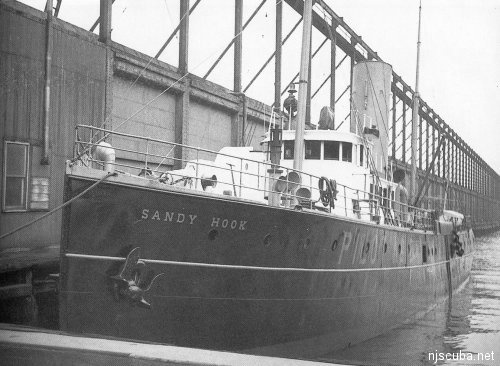
A harbor pilot is a person who takes control of a seagoing ship when it is entering or leaving port. He is expertly familiar with all the channels, shoals, currents, tides, and regulations of his particular port, and is essential to safely steer the ships in and out. It is an ancient and exclusive profession, often passed down from father to son*. In old days, the top two signal flags at right were used by ships entering and exiting a harbor to call for a pilot, while the bottom flag indicated "pilot on board."
More: Pilot Boat ...

